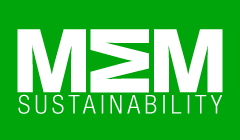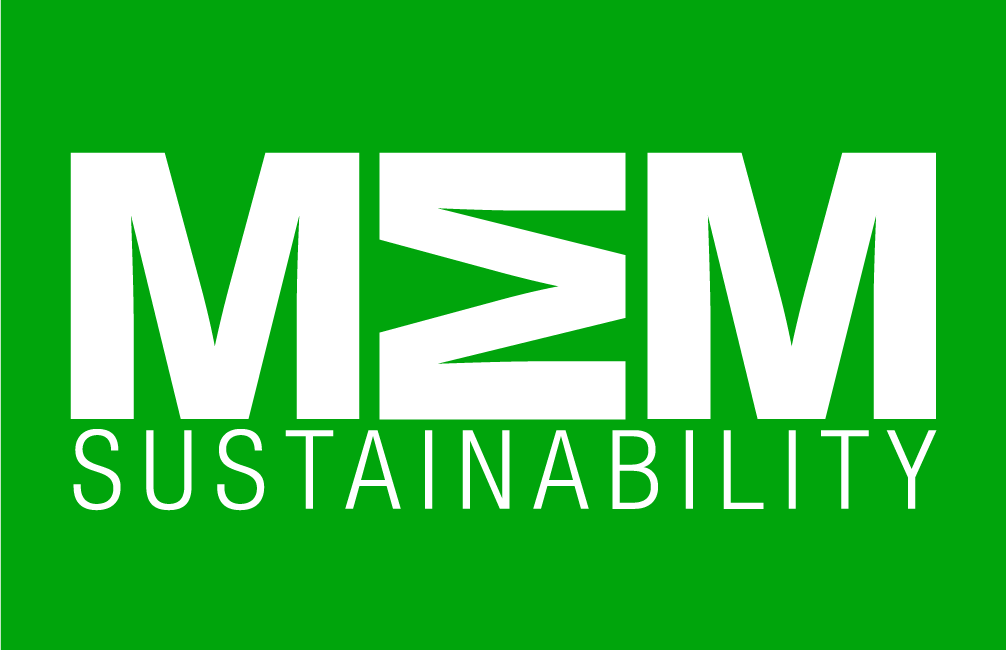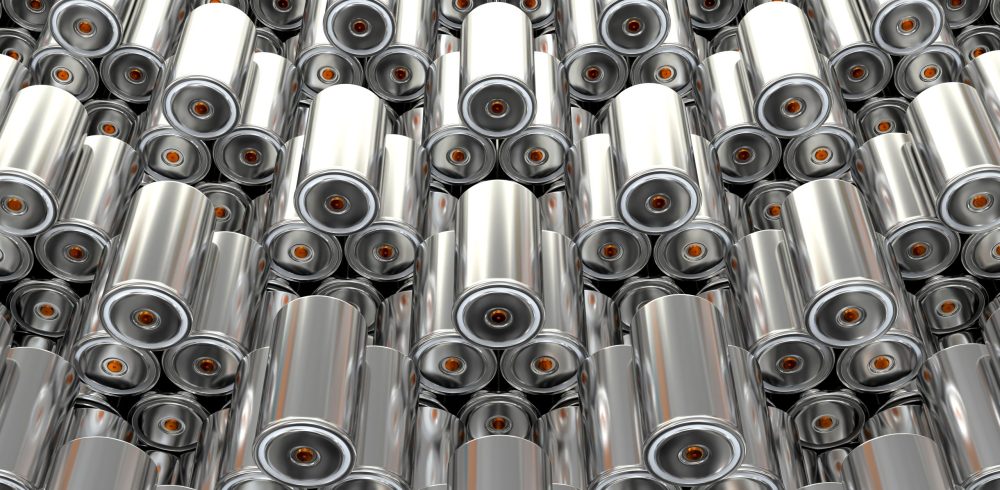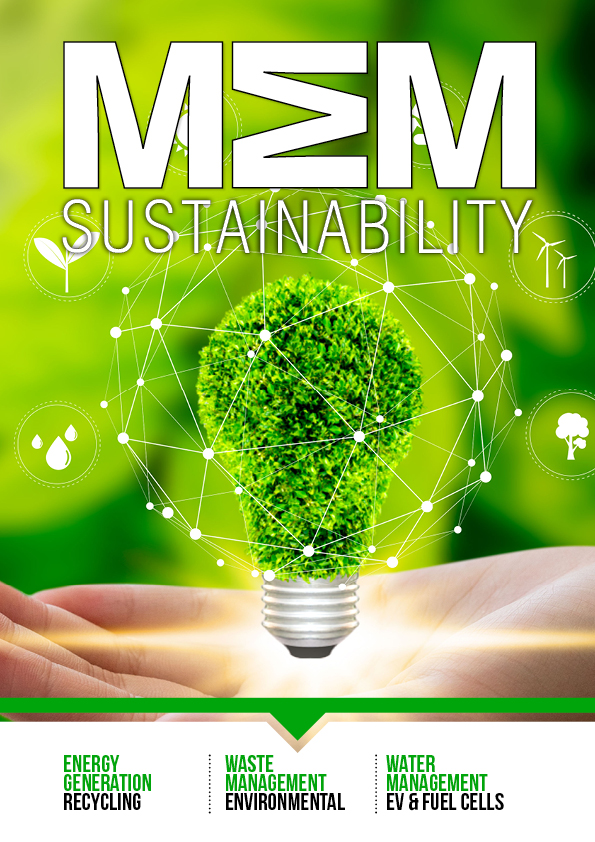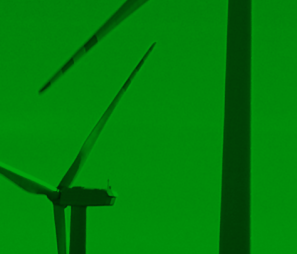In recent years, battery recycling has become a hot topic in the li-ion battery market. With the rapid expansion of the electric vehicle market over the past few years, the retirement of the first batch of power batteries is imminent. Meanwhile, the surge in li-ion battery production has led to an increase in scrap materials from the production line. Furthermore, various countries have introduced policies related to recycling, increasing market interest. Interact Analysis has released its ” Li-ion Battery Recycling & Recycling Equipment” report, which provides a detailed analysis and interpretation of the market size and supply chain of the battery recycling market.
In this insight, we delve into how lithium battery materials, as an important upstream market in the lithium battery industry chain, impact the recycling market.
Short Term: Fluctuations in raw material prices affect investment in recycling projects
Our tracking data reveals the recycling market heats up when there’s an uptick in lithium-ion battery material prices. However, when these prices decline a significant number of global battery recycling projects are delayed. This effect is especially pronounced over the short term.
Upstream, lithium mining faces numerous restrictions and lithium extraction is a lengthy process, while downstream, lithium battery production has a relatively shorter expansion cycle, leading to a supply-demand mismatch. Coupled with strong demand for lithium batteries within electric vehicle and energy storage markets, lithium battery materials have experienced a significant supply shortfall over the past two to three years. Consequently, there has been substantial price fluctuation in raw materials during this period. For instance, the price of lithium carbonate – a crucial material – surged by more than 200% in China in 2022. As lithium mining capacity from earlier investments began to come online and the demand for electric vehicles eased, the supply crunch was alleviated and prices rationalized, plummeting by nearly 90% from the peak.
Significant fluctuations in lithium carbonate prices have a substantial impact on the battery recycling market. When raw material costs surge, recycled battery materials emerge as an appealing alternative for suppliers and end users, fueling investment in recycling initiatives. According to Interact Analysis’ global lithium-ion recycling project database, approximately 70% of global projects were officially announced between 2022 and 2023. However, with the plunge in battery material prices starting in 2023, the global recycling market has cooled down and a multitude of projects have been delayed or even cancelled. For example, two leading battery recycling companies, TINCI in China and Li-Cycle in North America, recently halted projects. TINCI ended two lithium recycling schemes announced in mid-2022, with a total capacity of 200,000 tons per year, while Li-Cycle cancelled plans to build factories in Ontario, Norway, and France.
Long Term: Regulations and lithium battery raw material demand drive battery recycling market growth
In the long run, demand for lithium batteries, coupled with the need for steady raw material supplies, will drive development of the recycling market. Ongoing demand from the electric vehicles and energy storage sectors will sustain this momentum. According to Interact Analysis’ “Li-ion Battery and Manufacturing Equipment” report, li-ion battery production will maintain rapid growth over the coming years, with a five-year compound annual growth rate (CAGR) of 21.1% and global production of 4,812 GWh forecast by 2029. This surge in battery production will continue to fuel high demand for lithium carbonate, which is expected to exceed 3.1 million tons by 2029. Battery recycling can to some extent provide a stable supply of raw materials, offering battery manufacturers a more predictable cost structure. As the recycling market expands rapidly, some of the raw material needs will be met.
Additionally, the introduction of policies and regulations promote the standardization and orderly development of the battery recycling market. EU Regulation (EU) 2023/1542, published in 2023, sets multiple targets for battery recycling. It includes recycling 50% of lithium from waste batteries by the end of 2027 and increasing this material recovery rate to 80% by the end of 2031. China has also issued a series of relevant regulations in recent years, including: the ‘Management Measures for the Cascaded Utilization of Power Batteries in New Energy Vehicles’ published in 2021; and the ‘Conditions for the Industry Standards of Comprehensive Utilization of Waste Power Batteries from New Energy Vehicles (2024 Edition) – Consultation Draft’, published in 2024. These regulations outline requirements for cascading utilization and recycling dismantling projects, as well as companies involved, further regulating the domestic recycling market.
Final thoughts
In the short term, the decline in raw material prices has somewhat cooled the battery recycling market. However, looking ahead, the continuous introduction of policies and the ongoing expansion of battery production mean that the recycling market is expected to experience rapid growth, with production capacity being gradually increased.
For more information on our research into the battery recycling market, visit our web page.
Manufacturing & Engineering Magazine | The Home of Manufacturing Industry News
